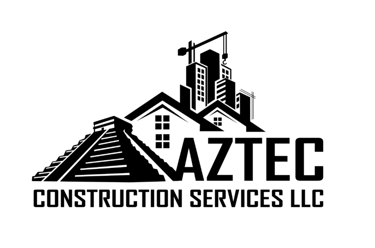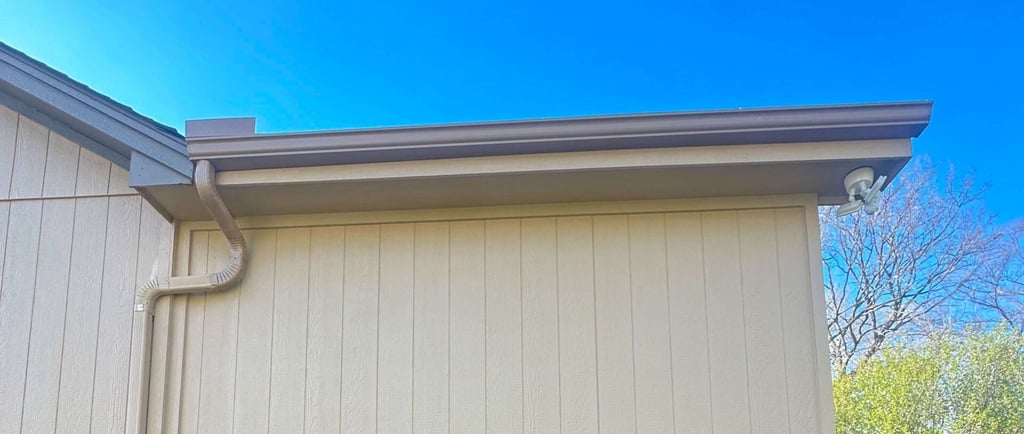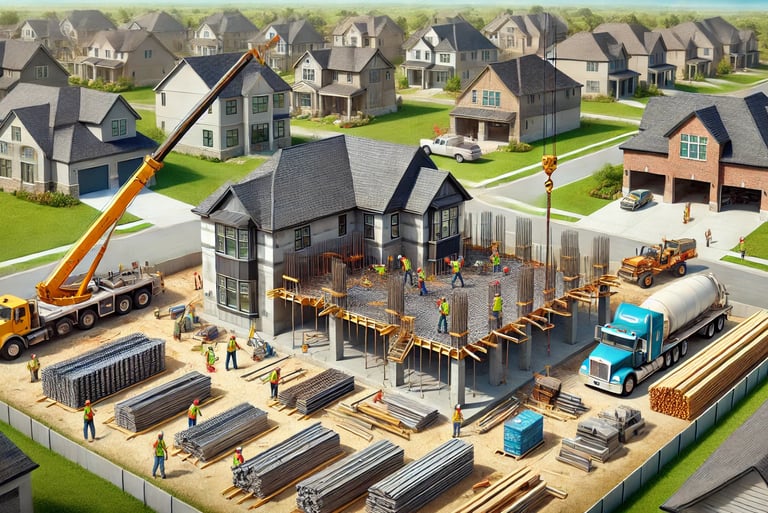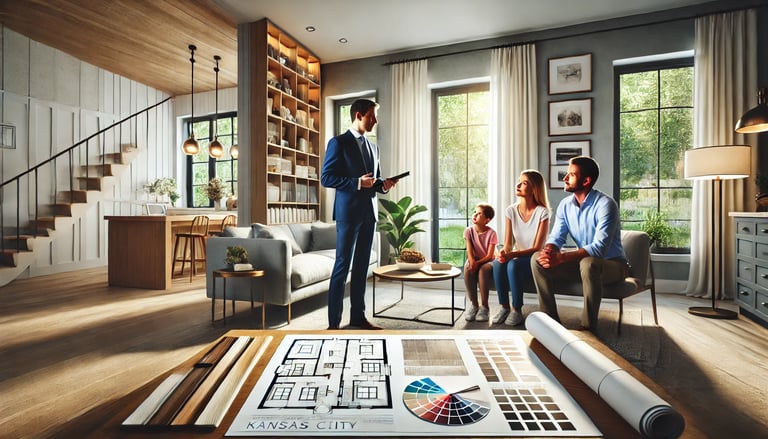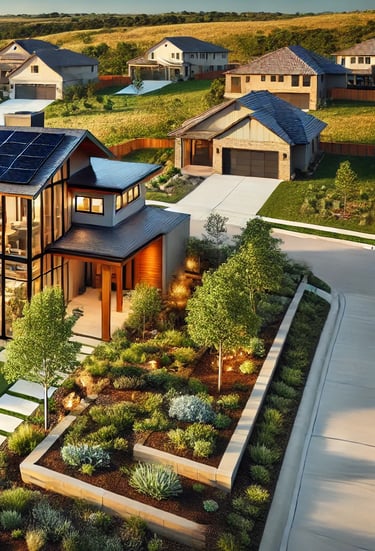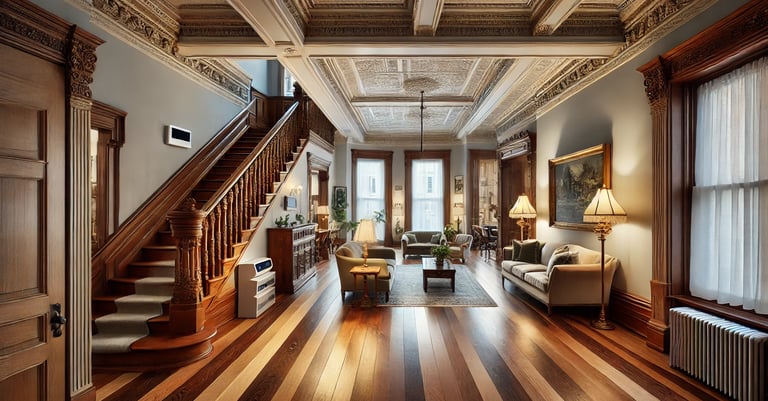Disaster Recovery: Rebuilding Homes Better Than Before
Disasters can leave a lasting mark on homes and families, often requiring more than simple repairs to restore safety and comfort. Rebuilding isn’t just about returning to the way things were—it’s an opportunity to make homes stronger, more efficient, and better prepared for the future.
REMODELING
Quick Overview
When a disaster strikes, the damage often extends beyond what’s immediately visible. Issues like compromised foundations, weakened structures, and hidden moisture problems require more than cosmetic fixes.
Instead of focusing solely on repairs, rebuilding allows homeowners to address these challenges comprehensively. A fresh start opens the door to:
• Safer Structures: Modern construction materials and techniques significantly improve resilience against future disasters.
• Energy Efficiency: Upgrading insulation, windows, and appliances reduces energy consumption and utility bills.
• Improved Layouts: Rebuilding offers the chance to create a more functional and modern home layout tailored to your needs.
• Increased Value: Homes rebuilt with durable materials and modern designs tend to hold higher property values.
Sustainable Practices in Disaster Recovery
One of the most important aspects of disaster recovery is building homes that are better equipped to handle future risks. This involves upgrading materials and designs to meet or exceed modern building standards.
Strategies for Strengthening Rebuilt Homes
1. Foundation Reinforcement: Foundations must be stable and resistant to shifting soil, water intrusion, and other environmental challenges.
2. Impact-Resistant Roofing: Durable roofing materials like metal or high-grade asphalt shingles protect against storms and hail.
3. Storm-Resilient Windows and Doors: Reinforced glass and secure framing minimize the risk of breakage during high winds.
4. Drainage Systems: Properly designed grading and drainage prevent water damage by directing runoff away from the home.
Homes in areas like Kansas City and Overland Park, which are prone to extreme weather, benefit significantly from these features.
Rebuilding: More Than Repairs
Disasters can leave a lasting mark on homes and families, often requiring more than simple repairs to restore safety and comfort. Rebuilding isn’t just about returning to the way things were—it’s an opportunity to make homes stronger, more efficient, and better prepared for the future.
Whether you’re dealing with storm damage, flooding, or structural issues in areas like Kansas City, Lee’s Summit, Overland Park, Gladstone, or North Kansas City, disaster recovery can transform a damaged home into a place of renewed strength and beauty. This guide covers the best practices for disaster recovery, ways to improve older homes, and key insights into making thoughtful rebuilding decisions.
Strengthening Homes for Future Resilience
Sustainability plays a critical role in rebuilding today. Using eco-friendly materials and practices can reduce environmental impact while lowering long-term costs for homeowners.
Eco-Friendly Rebuilding Tips
1. Recycled Materials: Incorporate reclaimed wood, recycled steel, and other sustainable materials into the design.
2. Energy Efficiency: High-performance windows, insulation, and smart thermostats reduce energy consumption.
3. Renewable Energy: Solar panels and geothermal heating systems provide long-term savings and minimize reliance on fossil fuels.
4. Water Management: Drought-resistant landscaping and rainwater harvesting systems are practical solutions for conserving water.
Sustainable practices not only make homes more efficient but also contribute to a healthier environment.
Upgrading Older Homes for Safety and Comfort
Many homes in Gladstone and North Kansas City were built decades ago, making them susceptible to wear and tear over time. While older homes often have architectural charm, they may lack the safety and efficiency of modern buildings.
Key Improvements for Older Homes
• Structural Reinforcement: Addressing foundational issues, weak framing, and roof vulnerabilities ensures the home’s long-term stability.
• Updated Systems: Outdated plumbing, electrical, and HVAC systems can be replaced with modern, energy-efficient solutions.
• Improved Insulation: Adding insulation to walls, attics, and floors helps maintain indoor temperatures and reduces heating and cooling costs.
• Restored Features: Preserving period details like moldings, wood floors, or decorative facades ensures the home retains its original character.
Upgrading these elements not only increases safety but also enhances comfort and reduces maintenance costs.
Blending Charm with Modern Functionality
Historic homes in Gladstone and surrounding areas often have unique features like detailed woodwork, stained glass, or vintage tile. While these elements add charm, they also pose challenges when it comes to modernization.
Balancing the preservation of these features with the need for safety and efficiency is a delicate process. By carefully integrating modern systems and materials, older homes can retain their character while benefiting from the comforts of a new build.
Examples of Blended Designs
• Hidden Upgrades: Modern electrical and plumbing systems can be installed discreetly to preserve a home’s aesthetic integrity.
• Energy-Efficient Windows: Replacing old, drafty windows with energy-efficient models designed to match the original style ensures both performance and appearance.
• Restored Details: Features like vintage wood floors or ornate moldings can be repaired and refinished rather than replaced.
Addressing Common Concerns
Homeowners often have many questions during the disaster recovery process. Some of the most common concerns include whether it’s better to rebuild or renovate, how to preserve an old home’s character, and what upgrades should be prioritized.
Insights on Key Concerns
• Is rebuilding worth the cost?
In many cases, rebuilding offers better long-term value than repairing extensive damage. It allows for modern systems, durable materials, and layouts that better fit today’s lifestyles.
• How can older homes be modernized without losing their charm?
By preserving original features like moldings or decorative facades while upgrading essential systems, homes can retain their unique character while becoming safer and more efficient.
• What should be upgraded first?
Begin with critical areas like the foundation, roof, plumbing, and electrical systems. Once these essentials are secure, focus on energy efficiency and interior design.
• Is demolition always necessary?
Demolition is only recommended when a home’s structural integrity is compromised or when the cost of repairs exceeds the value of rebuilding.
Conclusion
Disaster recovery is about more than rebuilding what was lost—it’s about creating something better. By addressing vulnerabilities, upgrading systems, and incorporating sustainable practices, homeowners can transform a damaged property into a resilient, modern, and comfortable space.
For those in Kansas City, Lee’s Summit, Overland Park, Gladstone, or North Kansas City, having an experienced partner in the rebuilding process is invaluable. Companies like Aztec Construction Services help guide homeowners through every step, ensuring quality results that stand the test of time.
Whether you’re restoring an older home or starting fresh after a disaster, the choices you make today can lead to a brighter, stronger future for your home.
